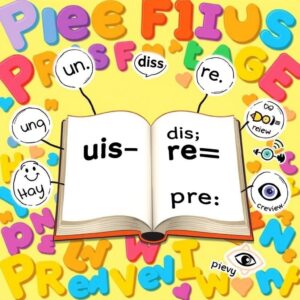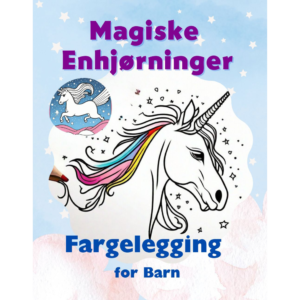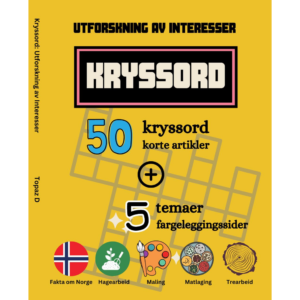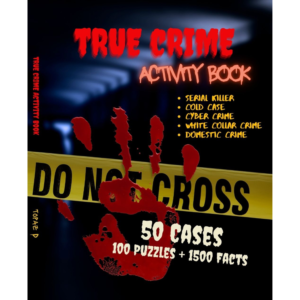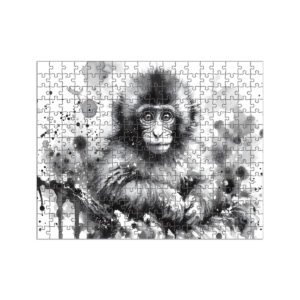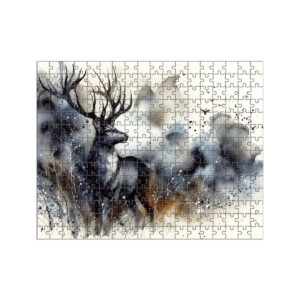
Explore & Play
Discover interesting topics and solve the accompanying crossword puzzle.
The Suffering Crossword: Exploring Pain and Grief Themes
Table of Contents
The Suffering Crossword
You can either fill in the crossword puzzle directly on this page or click the button in the bottom right corner to print it for free.
——————————————
Exploring Emotional Depth: The Suffering Crossword and Its Themes of Pain and Grief
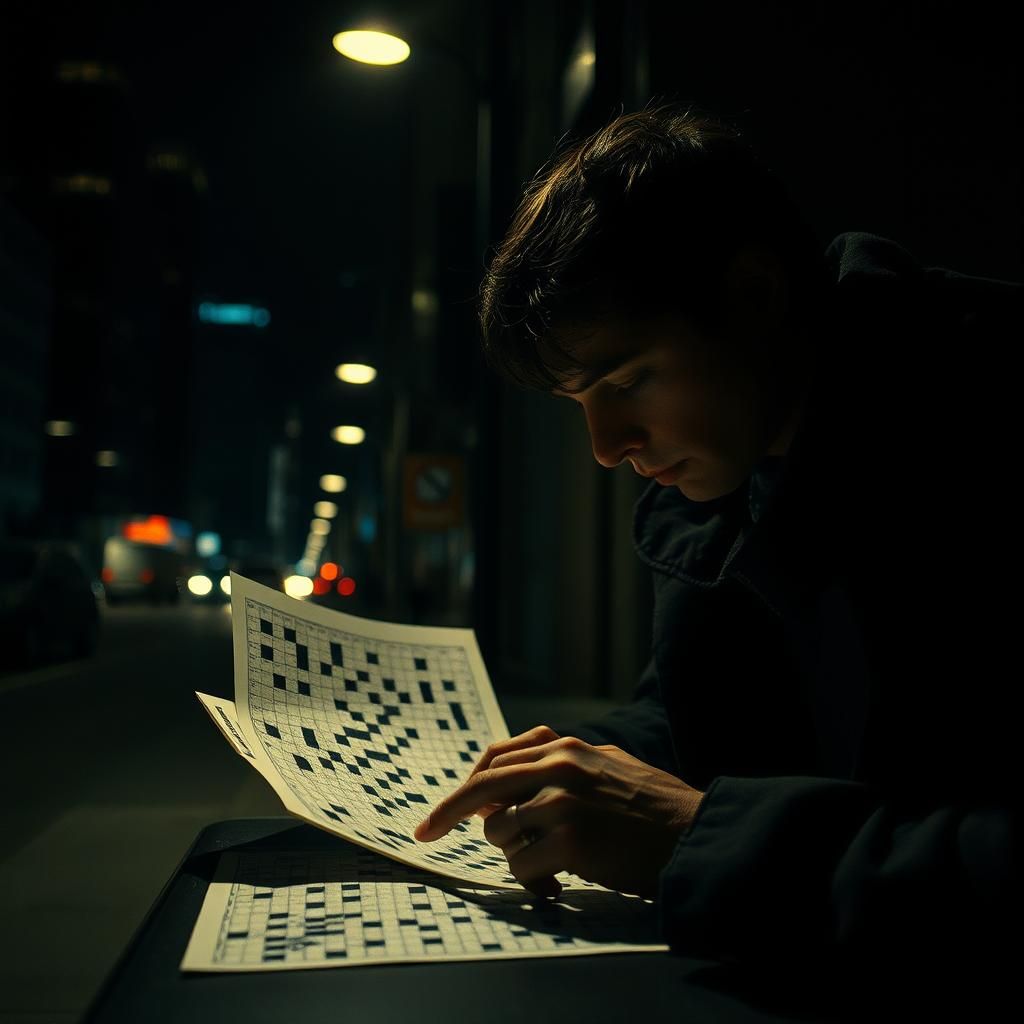
Introduction
Crossword puzzles—those grids of black and white—often feel like a quiet game, a moment of mental distraction. But beneath their surface lies a surprising depth: a space where emotion seeps quietly into the clues, where words shape not just answers but feelings. Recently, a new trend has emerged—puzzles that don’t shy away from pain, grief, and suffering. Instead, they invite solvers to confront these shadows through metaphor, synonyms, and subtle hints. This article steps into that uneasy territory, exploring how suffering isn’t just an abstract concept here but a carefully woven thread—both literal and figurative—running through the fabric of these puzzles. What does it mean to solve a puzzle rooted in emotional struggle? And how do these clues reach beyond the grid, touching something human inside us all?

Thematic Integration of Suffering in Crossword Puzzles
Crossword puzzles don’t just dance with words; sometimes they wrestle with pain. When suffering slips between the letters, it takes form in the simplest, most direct way—literal clues pulling no punches. Words like agony, torment, woe, or anguish surface as answers, cold and unvarnished. These aren’t just vocabulary entries; they’re touchstones of raw human experience folded tightly into gridlines. Recent puzzles, especially those crafted in 2025, have leaned into this embrace of sorrow, daring solvers to confront discomfort amid the familiar ritual of filling squares.
But suffering rarely stays confined to neat definitions. Its essence seeps into metaphor, shadowing clues with a weight beyond their surface. Phrases that hint at “carrying burden,” or words that imply an emotional heaviness without naming it outright, invite a deeper reckoning. The language grows nuanced—the puzzle’s wordplay becomes a mirror for unspoken struggles. It’s here that the solver’s mind flickers, catching glimpses of hardship that won’t be solved so easily. The metaphorical clues open a space where reflection stirs, and the familiar grid stretches to hold grief’s quiet presence.
In this blending of literal and symbolic, puzzles become more than games—they become mirrors glazed with unspoken truths. They suggest that pain, like a shadow cast long at dusk, can be traced but never fully grasped. This interplay makes each solved word feel like stepping through a moment, a small encounter with the weight that shadows us all. What does it mean to cross through grief encoded in crossword form? That lingering question hums softly beneath every clue.

Emotional Impact and Solver Engagement
There’s something quietly powerful about stumbling on a clue that doesn’t just test your vocabulary but taps into a deeper ache. Pain and grief woven into crossword puzzles aren’t mere obstacles; they are portals—inviting a flicker of empathy or a sudden pause in the rush to fill boxes with letters. Psychologists suggest that engaging with suffering-themed puzzles nudges solvers toward reflection, a subtle confrontation with the shadows we usually avoid. It’s a strange kind of solace: wrestling with words that echo emotional wounds, knowing others have walked through the same invisible storms.
Recent puzzles don’t wear their grief openly; instead, they sketch it in half-lit corners, using metaphor and wordplay that demand the solver’s attention beyond the surface. Consider a clue hinting at “a heavy burden” or “silent tears” — phrases that stir something unspoken. Solvers often report a deeper satisfaction when cracking these themes, as if unveiling more than just a correct answer, but an understanding threaded through the puzzle’s quiet narrative.
Yet, puzzle designers walk a tightrope. They balance challenge with emotional resonance, ensuring that pain never overwhelms but lends weight — a texture beneath the playfulness. It’s a dance between light and shadow, where the reward is both intellectual and quietly human. In this space, crossing lines on a grid becomes more than filling blanks; it becomes a conversation with loss, challenge, and ultimately, the resilience that pulses beneath.
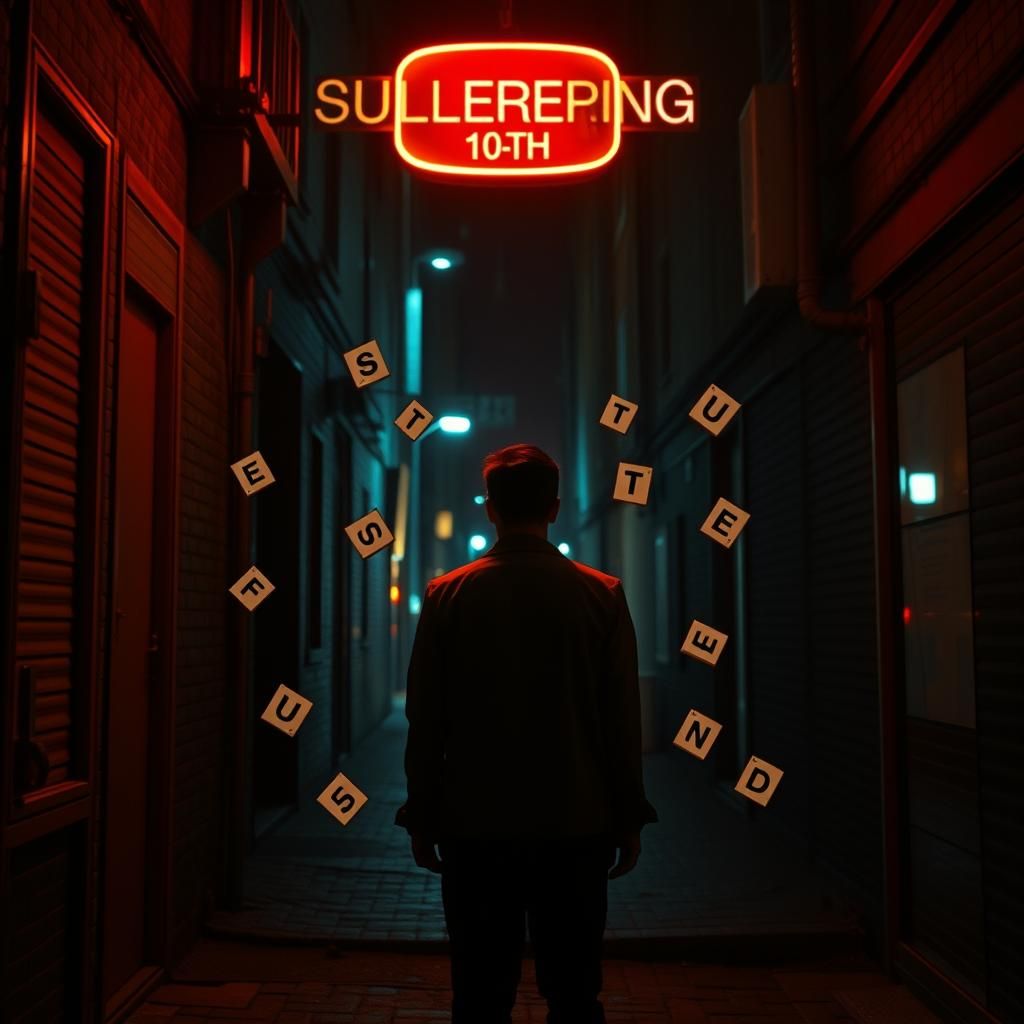
Addressing Myths and Misconceptions about Suffering in Crossword Clues
There’s an easy trap to fall into: assuming that any crossword puzzle filled with words like “torment” or “anguish” is bleak, joyless, or even discouraging. But the truth is far more complex, threaded with unexpected light and moments that nudge the solver beyond simple sadness. Suffering-themed clues don’t always cast shadows. Sometimes, they open windows.
Take the notion that pain equals negativity—this is a myth easily shattered by the puzzle’s very design. Crossword constructors often weave hardship into their grids not to wallow, but to highlight endurance or even spark hope. Consider clues that hint at “resilience,” “renewal,” or “overcoming.” The presence of suffering can become a backdrop against which growth and strength emerge. It’s a quiet kind of optimism wrapped in tough language.
There’s also a kind of emotional sophistication in how these themes play out. The clues don’t just say “hurt” and leave it at that. They invite solvers to linger, to reflect on the shades between the black and white of pain. The hardness of “grief” may pair with softer hints of “healing” or “memory,” suggesting a full human truth rather than a one-note silence. This emotional complexity adds a richness, transforming the puzzle from a mere game into a space for reflection.
Hardship in crosswords carries multiple roles. It’s not just a source of challenge or difficulty in filling the grid; it’s a mirror reflecting the human condition itself. These puzzles can educate, offering vocabulary that captures emotional nuance, and encourage empathy by prompting us to recognize and name what often stays unspoken. They matter because they reach beyond entertainment, touching parts of ourselves we might otherwise ignore.
Far from being one-dimensional, suffering-themed clues can amplify themes of struggle and growth, pain and healing, despair and hope. They remind us that even in darkness, there is texture, meaning—and sometimes, a way forward. The next time you encounter those heavy words in a puzzle, consider what they might be quietly teaching you about endurance and the complicated beauty of being human.

Conclusion
The Suffering Crossword doesn’t just challenge your vocabulary—it stirs something quieter, deeper. It walks a fine line between plain words like agony or woe and the subtle, shadowed meanings hidden between clues. This blend of the literal and the symbolic invites solvers to feel the weight of pain and grief, to linger in that uneasy space where sorrow and reflection meet.
Emotional depth here isn’t a gimmick—it’s what pulls you closer. It transforms a pastime into a moment of connection, reminding us that struggle is part of the human story, woven into even the smallest corners of life, like a crossword grid. In embracing suffering’s complexity—its darkness and its flickers of resilience—these puzzles offer more than answers. They offer understanding.
So next time you come across a clue that hints at loss or hardship, don’t rush past it. Pause, consider. Notice how the words carry more than their straightforward meaning. Let the puzzle speak of what’s real and raw. Step into that quiet space where agony becomes insight, and grief becomes something a little less alone.
If this glimpse into the emotional heart of crossword puzzles has stirred something within, seek out these suffering-themed puzzles. Dive into the layers of meaning, and explore resources that unpack grief, pain, and resilience through words. Because in the shadows and light of these grids, there’s a strange comfort—an invitation to confront, to heal, and to understand ourselves a little better.
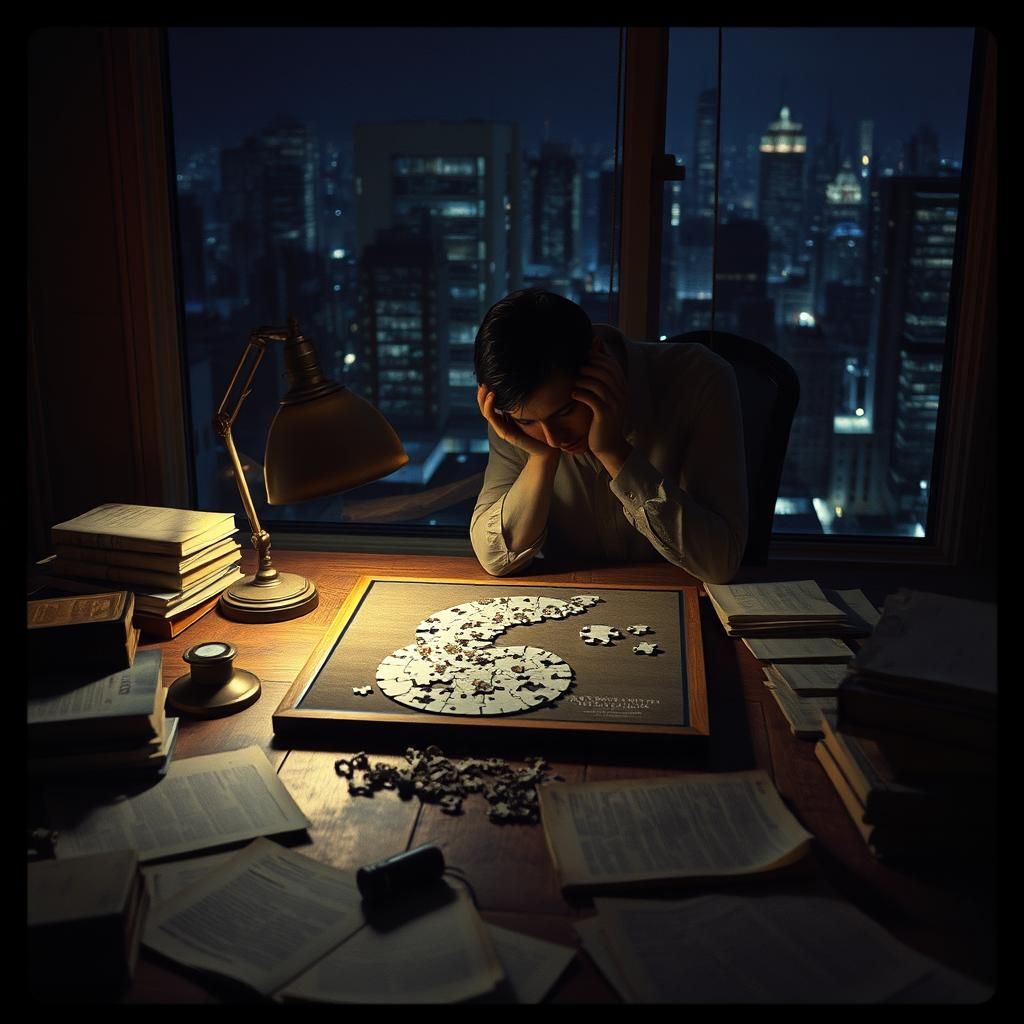
References and External Resources
The shadows cast by suffering-themed puzzles are richer when traced to their origins and deeper meanings. Here are paths to wander down, each offering a different thread of understanding in this delicate tapestry:
-
2025 New York Times Crossword Featuring Suffering Clues
NYT Crossword Archive
A haunting collection of puzzles where agony, torment, and woe emerge not just as words, but as echoed emotions waiting to be uncovered. -
Grief and Guilt Explanations
WhatsYourGrief Resource
A thoughtful guide that unpacks the heavy, silent weights behind sorrowful clues—helpful when grief turns from puzzle to personal experience. -
APA Expert Podcast on Pain and Suffering in Puzzles
American Psychological Association – Podcast
Voices unpacking the cognitive and emotional alchemy of confronting pain in a mental maze—how struggle in puzzles mirrors, distills, and sometimes soothes real suffering. -
Crossword Solver Pages for “Suffering” and “Hardship” Clues
CrosswordSolver.com
A toolkit for navigating the lexicon of distress, where synonyms and wordplay entwine to evoke more than just answers—layers of meaning lie hidden beneath. -
Article Discussing Myths About Happiness and Suffering in Puzzles
The Atlantic – On Suffering in Crossword Culture
A sober reflection that pierces assumptions, revealing how pain in puzzles is rarely simple—sometimes it is resilience, sometimes a quiet hope, always a mirror to our complexity.
Step lightly among these sources. Like the best clues, they do not give everything away but invite you to fill the spaces in shadows with your own understanding.
Share to...
I hope you enjoy the content.
Want to receive our daily crossword puzzle or article? Subscribe!
You may also be interested in
Share to…
Want to receive our daily crossword puzzle?
-
Jigsaw Puzzles
Chinese Zodiac Serpent Watercolor Jigsaw Puzzle 250 | 300 | 500 Pieces
kr 348,00 – kr 439,00Price range: kr 348,00 through kr 439,00 Select options This product has multiple variants. The options may be chosen on the product page -
Jigsaw Puzzles
Zodiac Ink Art Puzzle: The Playful Monkey 250 | 300 | 500 Pieces
kr 348,00 – kr 439,00Price range: kr 348,00 through kr 439,00 Select options This product has multiple variants. The options may be chosen on the product page -
Jigsaw Puzzles
Majestic Stag Watercolor Jigsaw Puzzle 250 | 300 | 500 Pieces
kr 348,00 – kr 439,00Price range: kr 348,00 through kr 439,00 Select options This product has multiple variants. The options may be chosen on the product page
